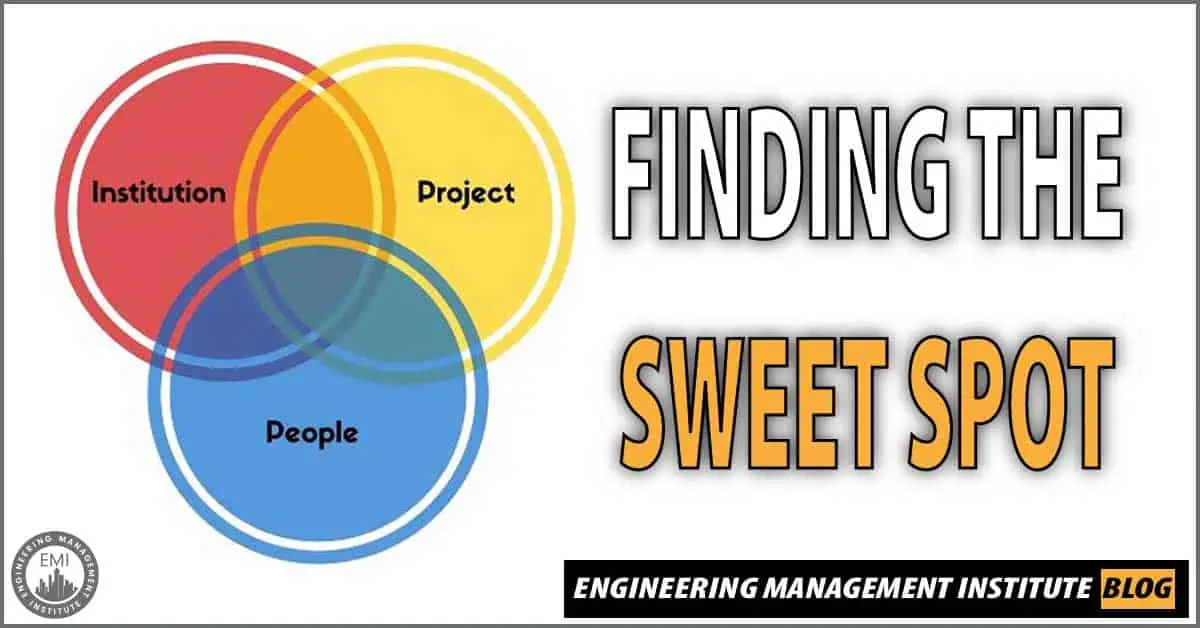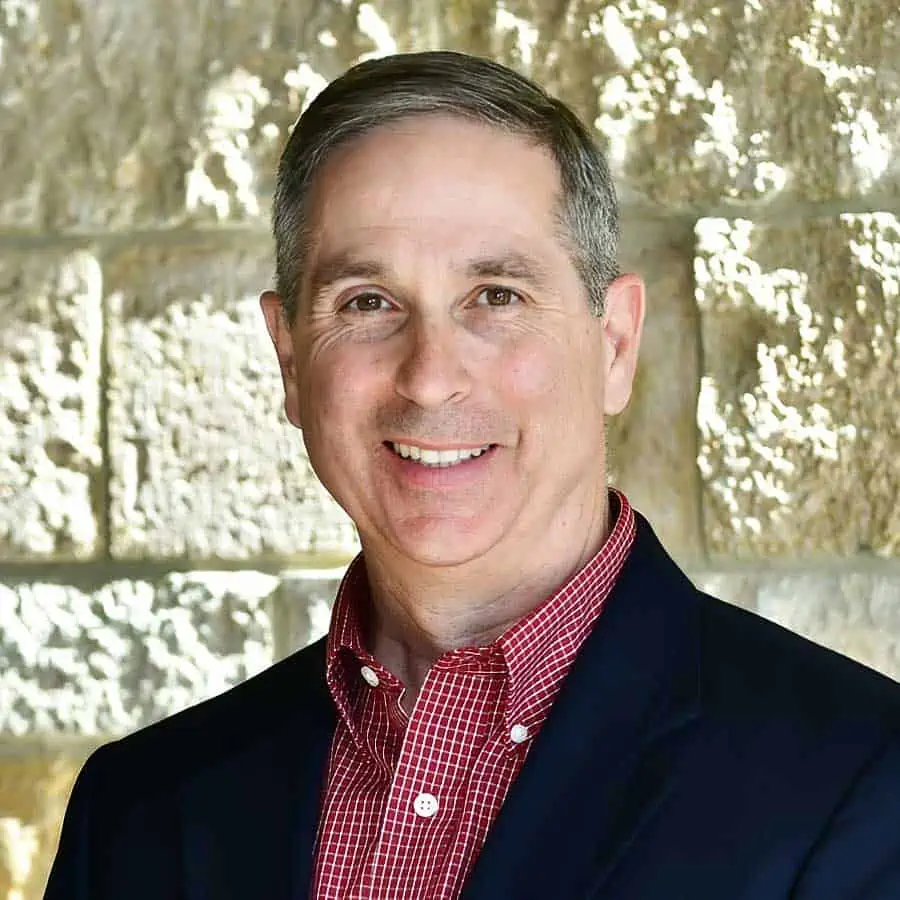This is a guest blog by Mickey Addison, MSCE, PMP

As we do this, it’s essential to take a step back and look at the metaphorical horizon, that is, think strategically. That means harmonizing our personal and professional goals with those of our teams, our work, and our organizations. The better we do that, the better chance we have of being successful in achieving our goals. That’s where the Leader-Sync Model comes in. Generating a common picture and integrating the various needs of the Institution, Project, and People is a great way to help build a shared view and shared purpose.
A Leadership Common Operating Picture
If you’ve been around the military for any length of time, you’re likely to hear the term “common operating picture” (COP). A common operating picture is the view of the battlespace that is shared with everybody that’s involved in that battlespace. It’s called a common operating picture because it’s common across everybody who’s in there, everybody who needs to see it, and what the military now terms “Multi-Domain Operations” (air, space, sea, land, cyber). What’s important about a COP is that information is shared and constantly updated so that everyone has a shared view and can pursue a shared goal.
We can approach leadership and project management the same way, and it’s the basis for my Sync to Swim Model. Leadership is a team sport. If you’re leading, and you see yourself alone, then you have to wonder why no one is following you. A shared view of the “battlespace” is a good place to start, and to build that shared view, leaders have to answer some fundamental questions.
Answering the Questions
What are the three questions a leader has to answer? First of all, leaders must understand “What are the team members’ personal needs?” As a leader, you deal with human beings. You have to understand what your people need. What feeds them as human beings? What can I give them as a leader? What can the organization give them? What can their teammates give them? Answering these questions helps leaders ensure people are in the right roles, where they can contribute and where they can grow.
The second question is “What does the organization need?” What do I have to do as a unit, as a group, as a team, to satisfy what the organization needs? Every institution and organization, be it public or private, has policies, goals, and a culture. There are laws and rules we must follow. Our bosses have expectations for our performance. All these things should be on our minds as leaders — after all, we’re hired by an organization to serve the interests of that organization.
The third question is “What are the requirements of the task?” For engineers and project managers, that’s where we often “live.” We love this part because we can plug numbers into a spreadsheet, make a flow chart, do a project plan. I can figure things out and produce a piece of paper. Done. Getting the actual work done is an important part of leadership — it does no good to have a boss who likes you and good morale on the team if nothing ever gets done.
The Sweet Spot
We have to figure out when to integrate all of those things, and so the sweet spot is right there in the middle: the task, the needs of the organization, and the needs of the individuals on the teams. If we can integrate all those things and find that sweet spot, then we’re truly leading people. That sweet spot is where we should live if we want to achieve our goals for the new year.
About the Author

We would love to hear any questions you might have or stories you might share about how you find the sweet spot in your organization.
Please leave your comments, feedback or questions in the section below.
To your success,
Anthony Fasano, PE, LEED AP
Engineering Management Institute
Author of Engineer Your Own Success




